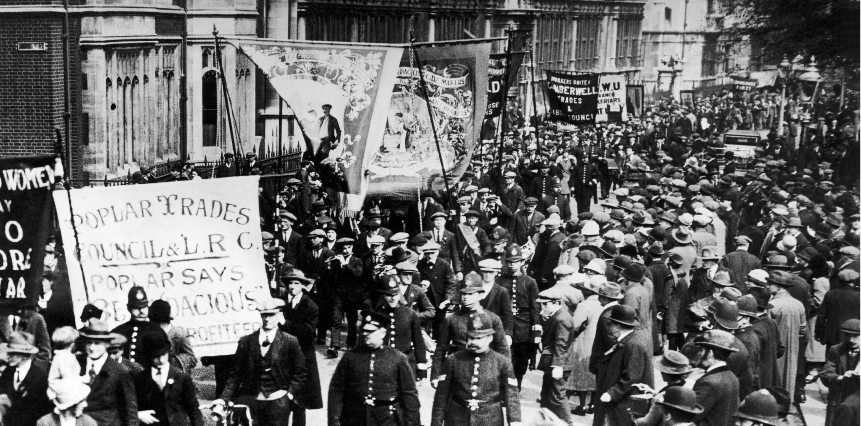Strikes

What Are Strikes?
A strike by dictionary definition is a refusal to work organised by a body of employees as a form of protest, typically to gain concessions from their employer.
What this means is a group of people who work together, as colleagues, do not do their jobs in order to gain something from their employer, often for a pay rise or an improvement in working conditions.
You may have heard the word strike a lot in the news at the moment, especially as our country is going into the cost-of-living crisis. As the day-to-day prices of goods and household bills are increasing, people’s incomes aren’t matching their outgoings.
Some of the professionals that are currently involved in strikes: paramedics, nurses, teachers, university lecturers, postal workers, and rail workers. These are all key roles in our society, and we have been proven to be lost without them in full function.
Many people across the England, Scotland, Northern Ireland and Wales have been affected by postal strikes. These postal strikes mean quite simply that the post is not being delivered as frequently as before. It is fair to say that these days the vast majority of us use our mobile phones and other devices of the sort to communicate and don’t send letters and cards through the post as they did and relied on in the past. However, our generation are accustomed to buying products online and the wait for these products has been made longer due to the striking action. The postal workers are on strike for better working conditions and more pay, something they say the government needs to provide them with.

The First Strike
You may think that the first strike was fairly recent, but I can tell you that is not the case! The first strike was believed to occur in ancient Egypt, under the rule of Pharaoh Ramses iii. It was thought to take place on 14th November 1152 BC. Artisans of the Royal Necropolis at Deir El-medina organised the event, downing their tools until they had been adequately paid. It’s recorded that to appease the workers, the local officials bought the men pastries and eventually paid them their wages (which were already over 2 weeks late). Historians know this because it was all recorded in detail on a papyrus that dates from that time.
The Match Girls’ Strike
The Match Girls were Victorian women and girls who were paid hardly anything to do extremely dangerous job, and many died from these jobs. Match Girls, as you would expect, made matches. They made them by dipping the end of the matchstick into a harsh toxic chemical called phosphorus. Match Girls would turn up at work at 6.30 in the morning and do a fourteen-hour shift in life threatening conditions. Zero attention to health and safety was displayed and wages were cut for preposterous things such as slightly untidy areas or even no shoes, shoes which they couldn’t afford and many more such ‘sins’. A disease called ‘Phossy jaw’ was common amongst the Match Girls. It took pain to an extreme level and caused bone cancer which led to a huge disfiguration of the face. In July 1888, after the wrong dismissing of a worker, the ladies decided that they have had enough of these terrible conditions and went on a long-needed strike, they walked out and didn’t come back, leaving their bosses with a huge problem.
Want to know more about the Match Girls? Try watching Enola Holmes 2 which features their plight.
 The General Strike
The General Strike
The general strike was Britain’s biggest strike on record. It was in 1926 that the Trades Union Congress organised a strike to try to stop wage reduction and worsening conditions for coal miners. The coal miners’ weekly wages had been decreased from £6 to £3 over seven days. Unlike the Match Girls’ Strike the Trades Union Congress was unsuccessful. They had to give up in defeat after a long nine days of protest and strikes. It went on from the 4th of May to the 12th of May 1926. 1.2 million people were disappointed.
Thank you for reading my introduction to strikes article. For further reading then please look at the BBC news or Historic UK to find out more about striking and the brave people who did it.
Alice Shelley – Chief Editor of Hear from Hele's





